Nikko Report
| Autumn Color Report 2012 Official autumn color reports by japan-guide.com |
| previous post |
| next post |
2012/11/07 - Nikko Report
by scott
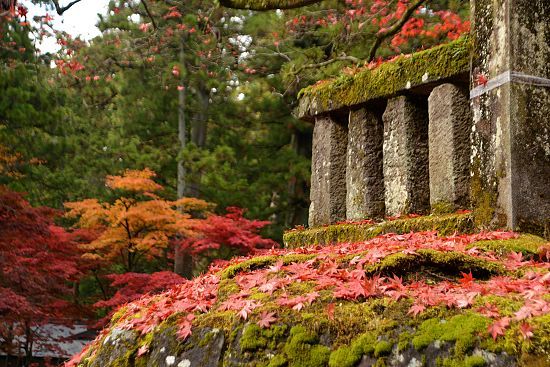
Today I revisited Nikko to check on the state of the autumn colors around the lower areas of Okunikko and around Nikko Town. Nikko has a particularly long koyo season, which is due to the large elevation difference between the two areas. The colors start off in the upper regions of Okunikko before slowly making their way down to the town over the course of several weeks.
Since our last visit to the area the colors have finally moved off the mountain down to the temple and shrine areas around Nikko Town. However, there are several places up in Okunikko that are still at a nice state, and it still may be worth the trip to see.
The Irohazaka Slope that connects the town and the mountains is probably Nikko's most famous koyo spot. This past weekend was probably the busiest of the season, and it was reportedly taking several hours to make the 8km journey up the mountain due to all the traffic travelling the road. Today, however, was not nearly as crowded and only a few cars joined me (probably considering it was so early in the morning). The road is separated into uphill and downhill sections, and the colors along the uphill section were pretty good. They started off around the peak at the bottom and thinned out until there were bare trees showing closer to the top.
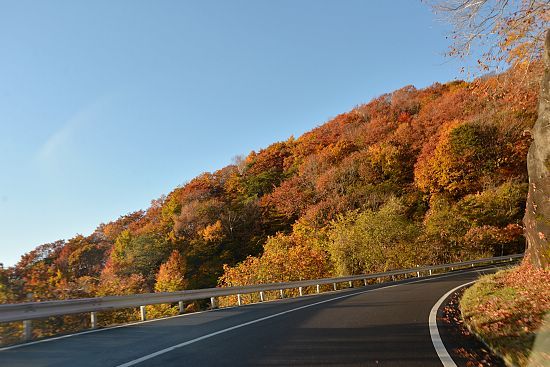
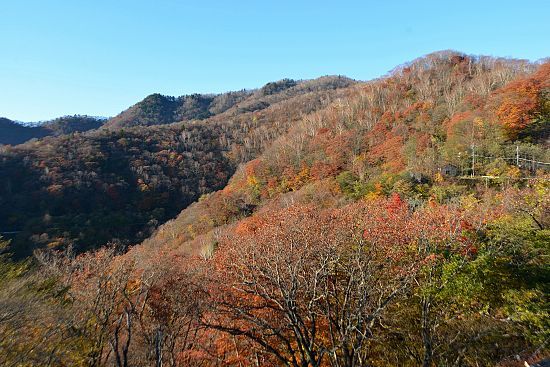
At the top of the road is the Akechidaira Plateau, from where a ropeway leads further up the mountain. It was too early so I couldn't check out the ropeway, but the views from the parking lot were exceptionally clear today. In fact, this may be the first time I've been here when the mountains weren't covered in fog.
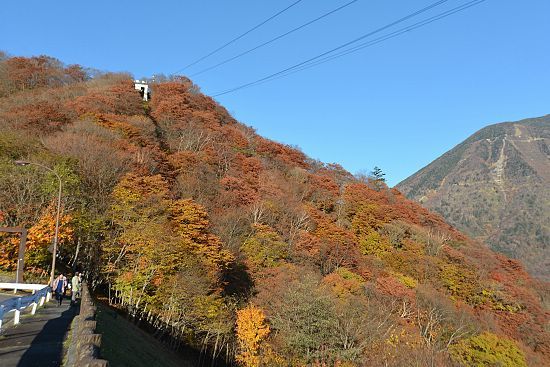

The road down from Akechidaira leads to Lake Chuzenjiko, which was half covered in fog this morning. I took the drive up to the Chuzenjiko Observation Deck to see what it looked like from above, but I was barely able to see the lake. The colors along the drive are already past the peak and fading fast. At the higher elevations around the viewpoint the trees were already barren. The colors were better down closer to the water, though, and should remain for another couple of days.
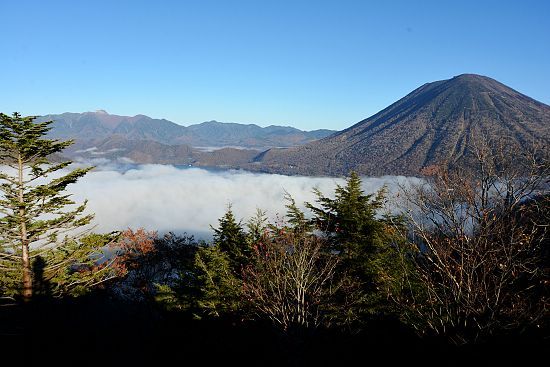
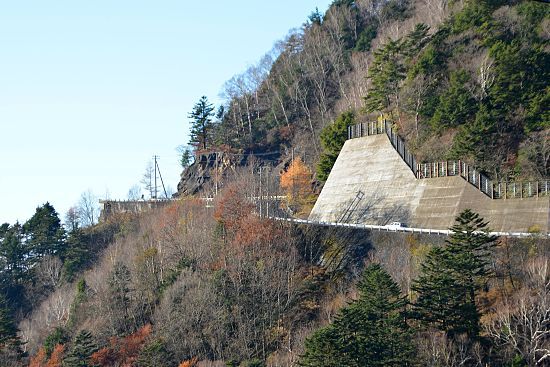
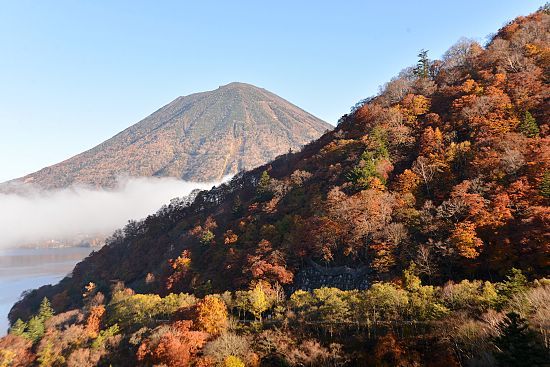
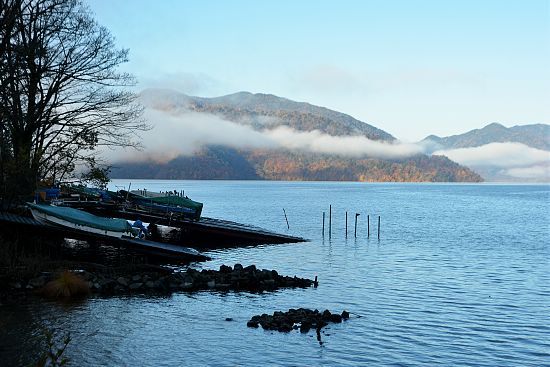
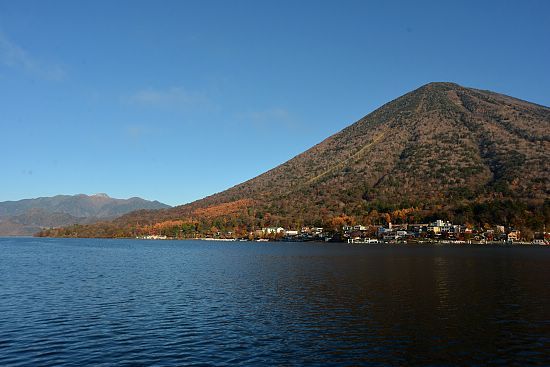

Next I stopped off at Kegonnotaki Waterfall at the outlet of Lake Chuzenjiko. The colors around the top of the waterfall were almost over, and relatively unattractive. This time I also took the elevator down to check out the base of the falls, and as usual there weren't many colors down there. I think the season is effectively over for Kegonnotaki.

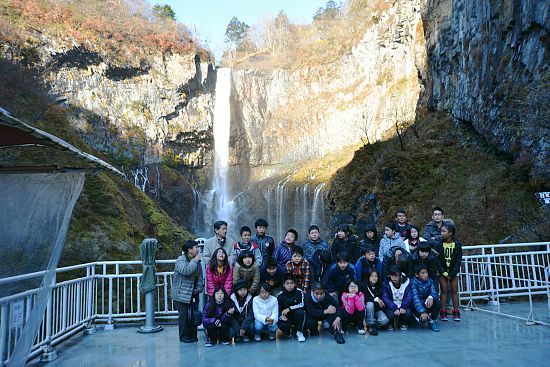
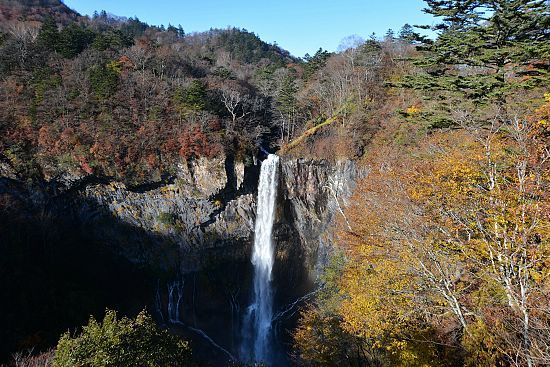
The downhill section of the Irohazaka starts right next to Kegonnotaki Waterfall. For some reason, the colors along this section were much better than those along the uphill section. Many trees were around their peak, and there were lots of good vistas and koyo tunnels to travel through. The highlight, though, was a group of monkeys who were rummaging around and feeding amongst the leaves. They completely ignored me, and let me shoot tons of pictures of them eating and playing around. Of course, I did all this from the safety of my car as the monkeys can become quite aggressive, especially if they smell food on you.

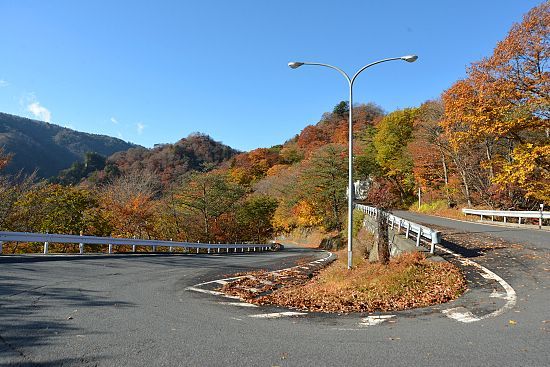
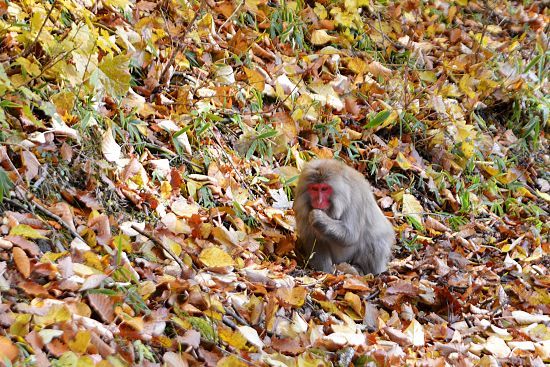
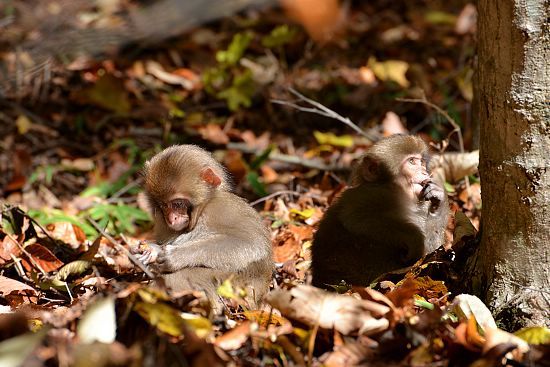

Once back in the town area I headed to the Nikko Botanical Garden, a research garden operated by the University of Tokyo. The garden has a large network of walking trails that lead though lots of nice autumn colors this morning. Several parts of the park are around the peak, and I enjoyed a pleasant hour exploring the trails without encountering many people.
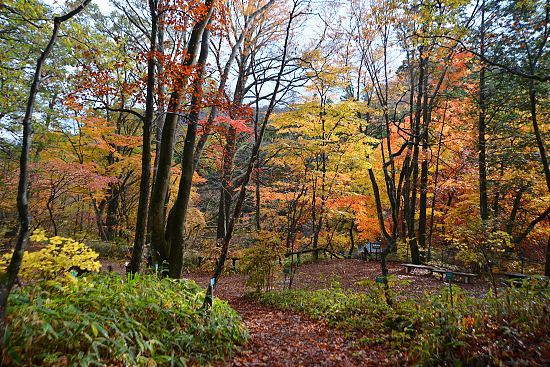
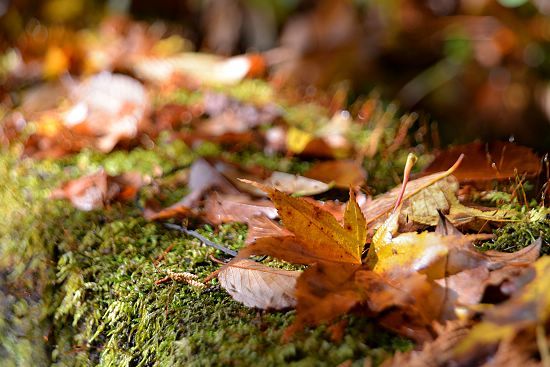
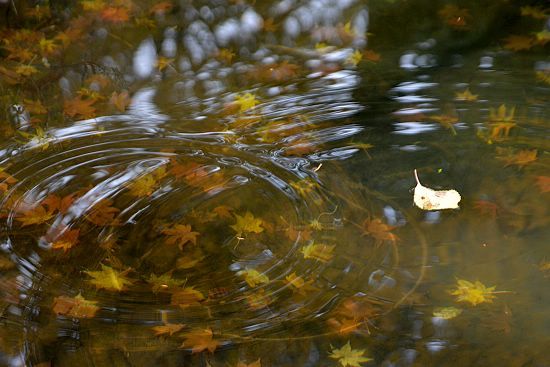
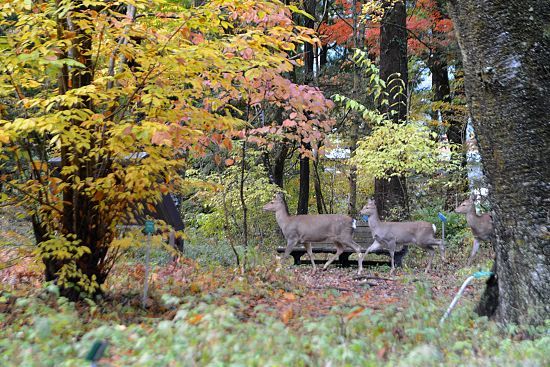
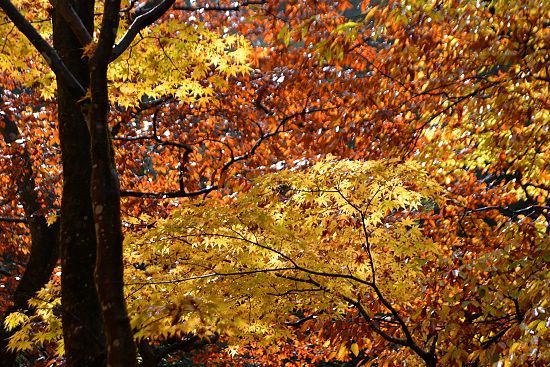
The Botanical Garden is bordered by the Kanmangafuchi Abyss toward the rear of the grounds. You can't enter the abyss from this side of the river, but there are viewpoints from where you can look out over the rocky gorge and river below. The colors in this area were also very nice and around the peak today.
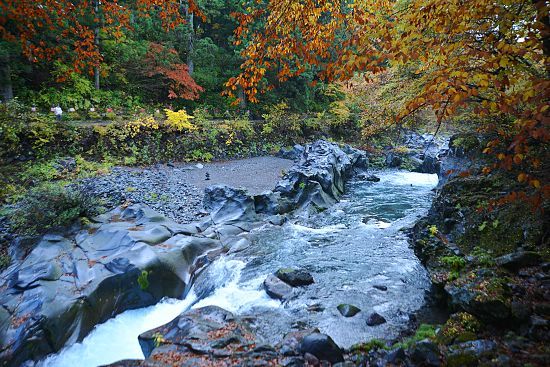
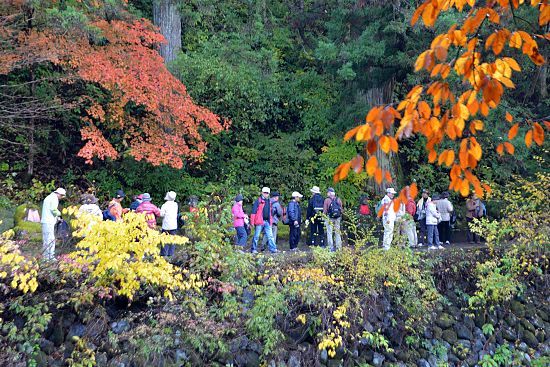
Afterwards, I headed to the main area of Nikko where the temples and shrines are located. First I stopped at Shoyoen Garden across from the main building of Rinnoji Temple. The garden's multitude of maple trees were at their peak today and were showing off brilliant reds and yellows. It is definitely worth a stop if you will be visiting Nikko soon.
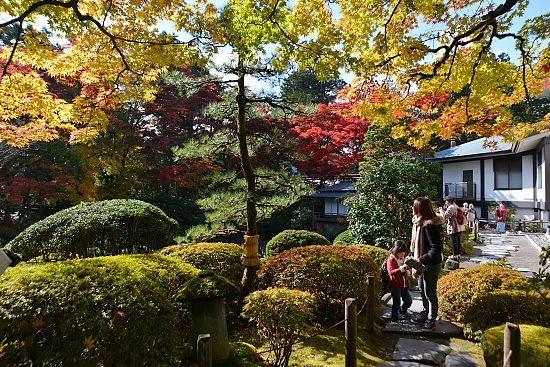
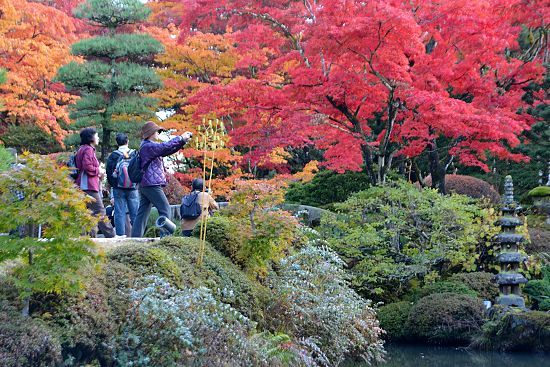

The main building at Rinnoji Temple is being renovated and will remain under scaffolding for several more years. In the meantime, for an additional 400 yen entry fee, visitors can climb up inside the 7 story tall structure and view the renovation process as it happens. Currently the roof of the structure has been removed and is to be rebuilt.
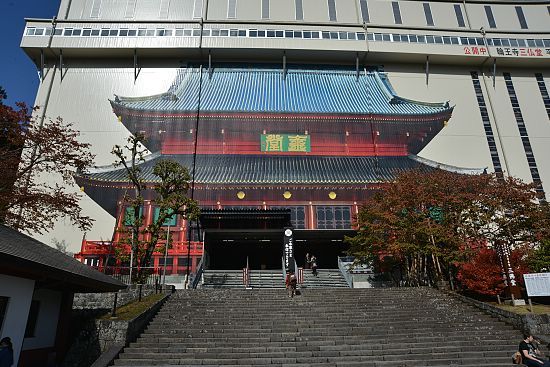

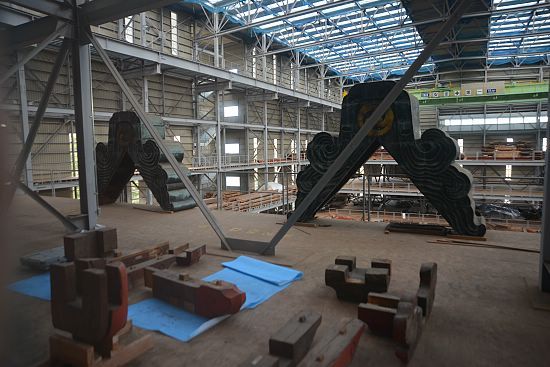
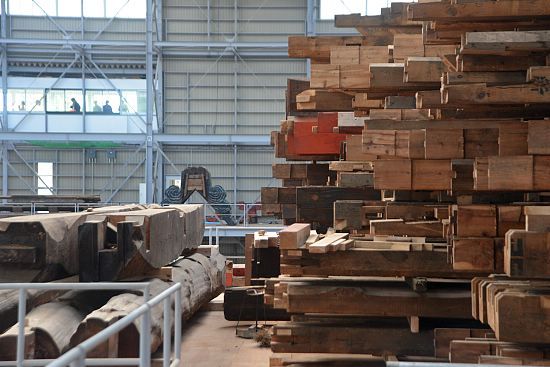
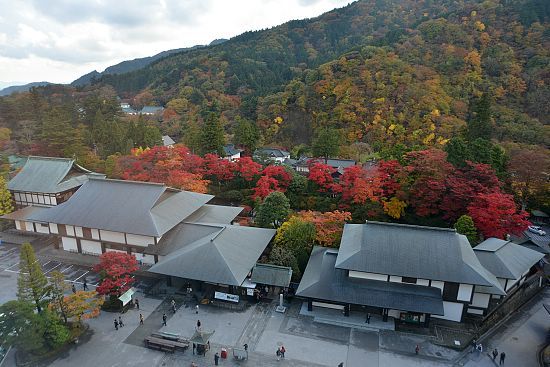
Toshogu Shrine is also undergoing major renovation works over the next few years and its haiden/honden hall is currently partially covered by scaffolding. It doesn't severely affect a visit, however, as you can still enter the buildings as normal. Expect this section of the renovation to continue until spring 2013, after which work will begin on the Yomeimon Gate.
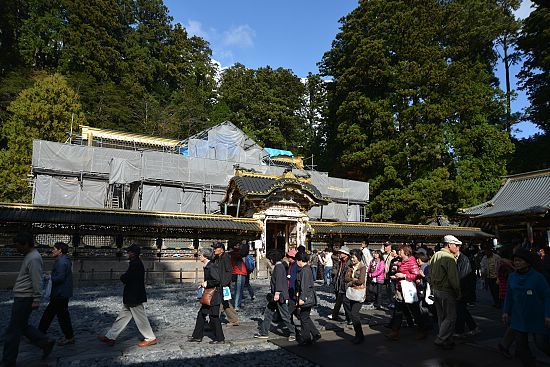
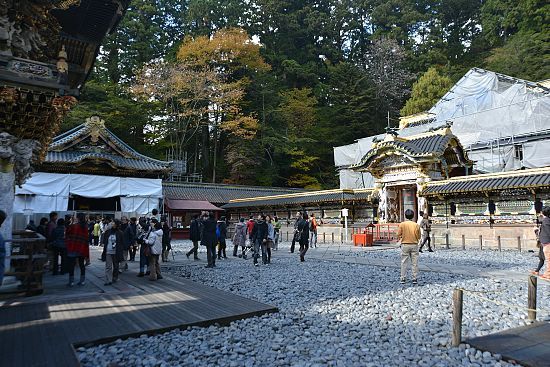
The temples and shrines don't have a large amount of colors but there are plenty to see if you know where to look. Try venturing out to the side streets around Rinnoji Temple (in the opposite direction of the other major temples/shrines) where there are lots of nice colors to see along the narrow streets and small temples.
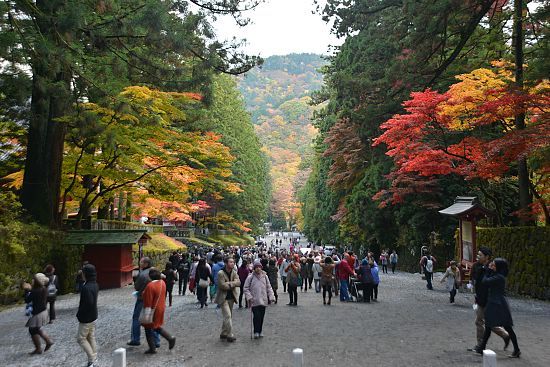
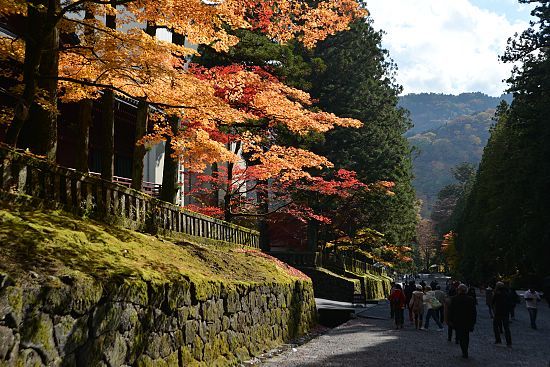
The last stop of the day was to the Shinkyo Bridge at the entrance to the temples and shrines. While the bridge is no longer used to cross the river, visitors can walk across it and back for a small fee.

| previous post |
| next post |
Questions? Ask in our forum.